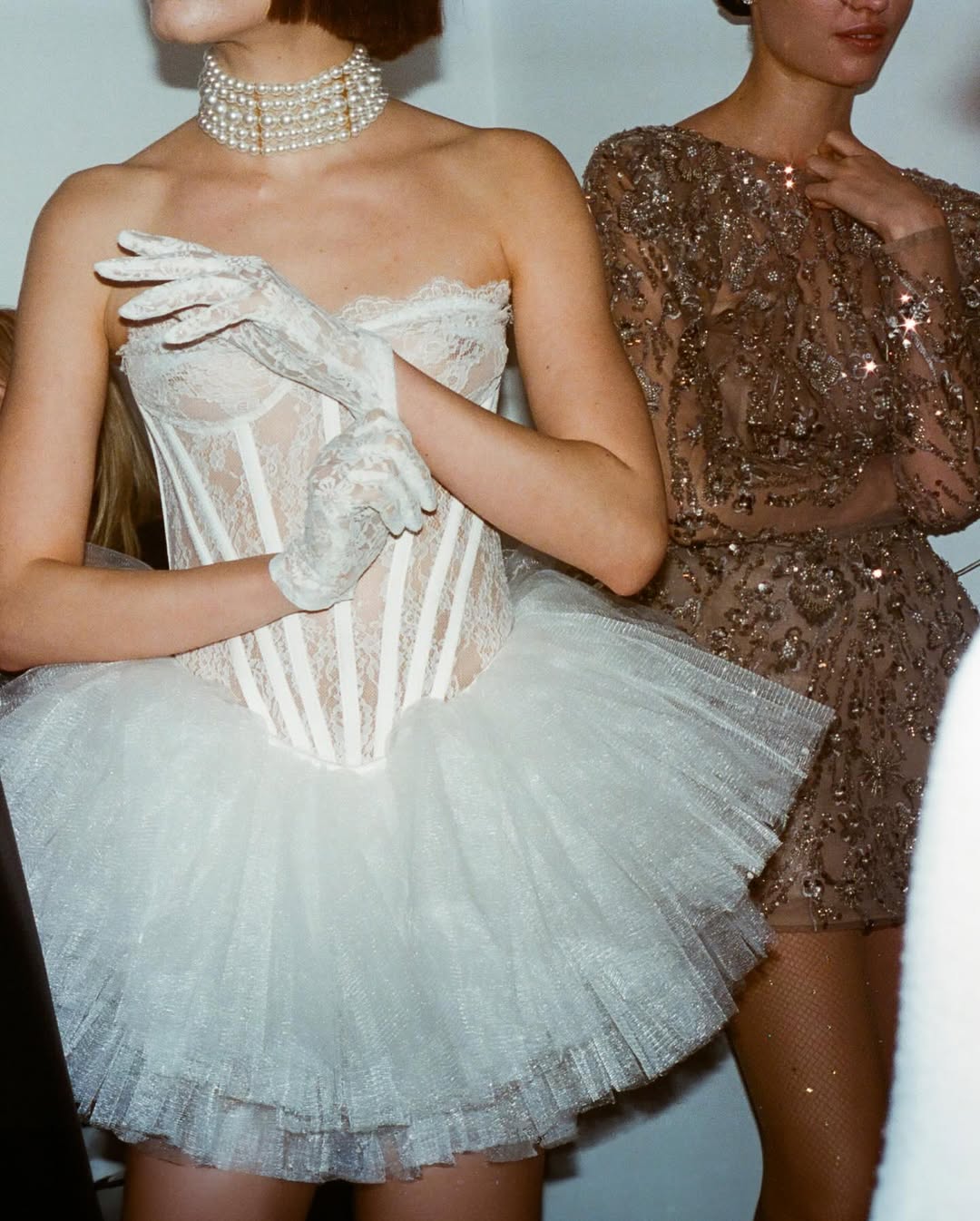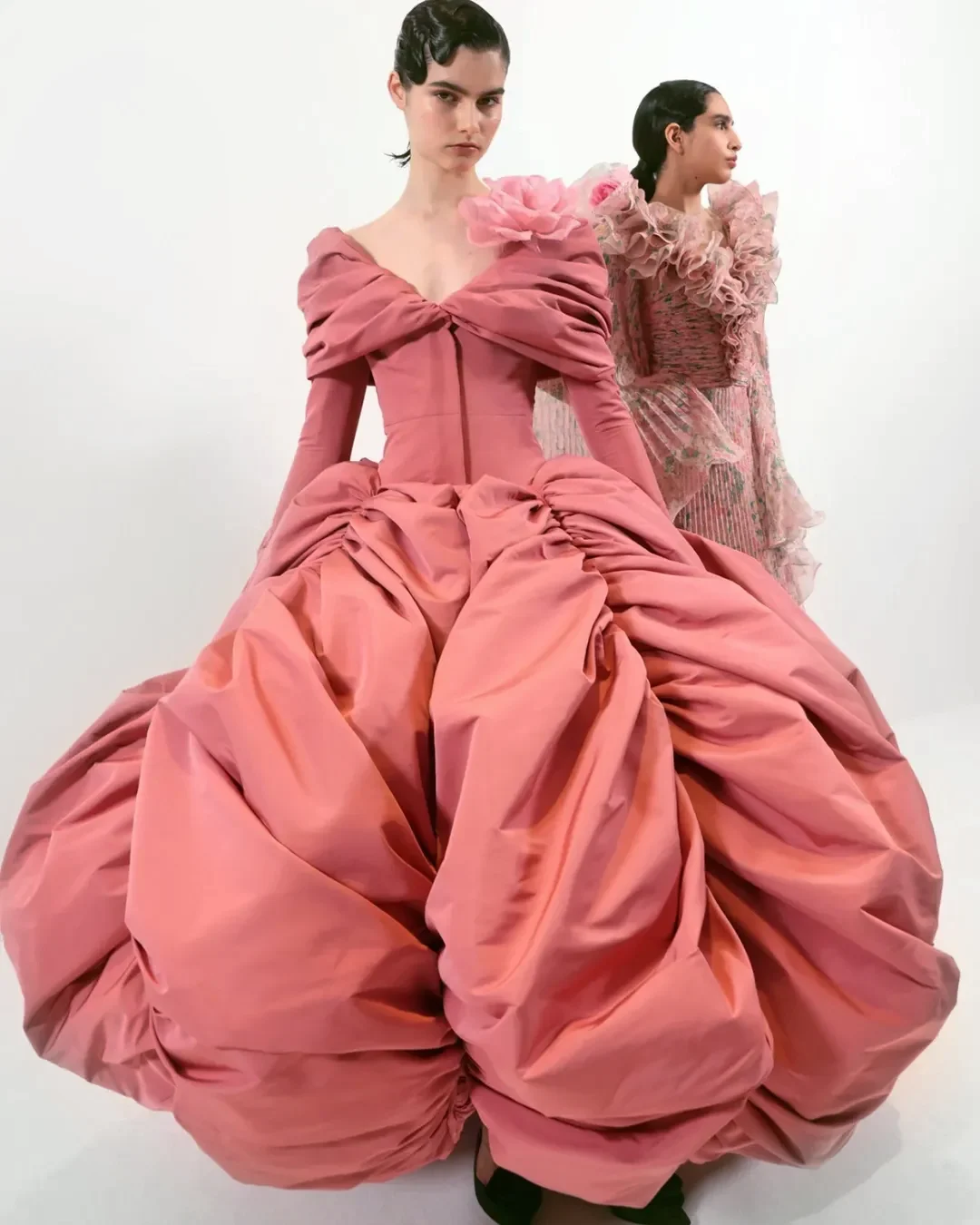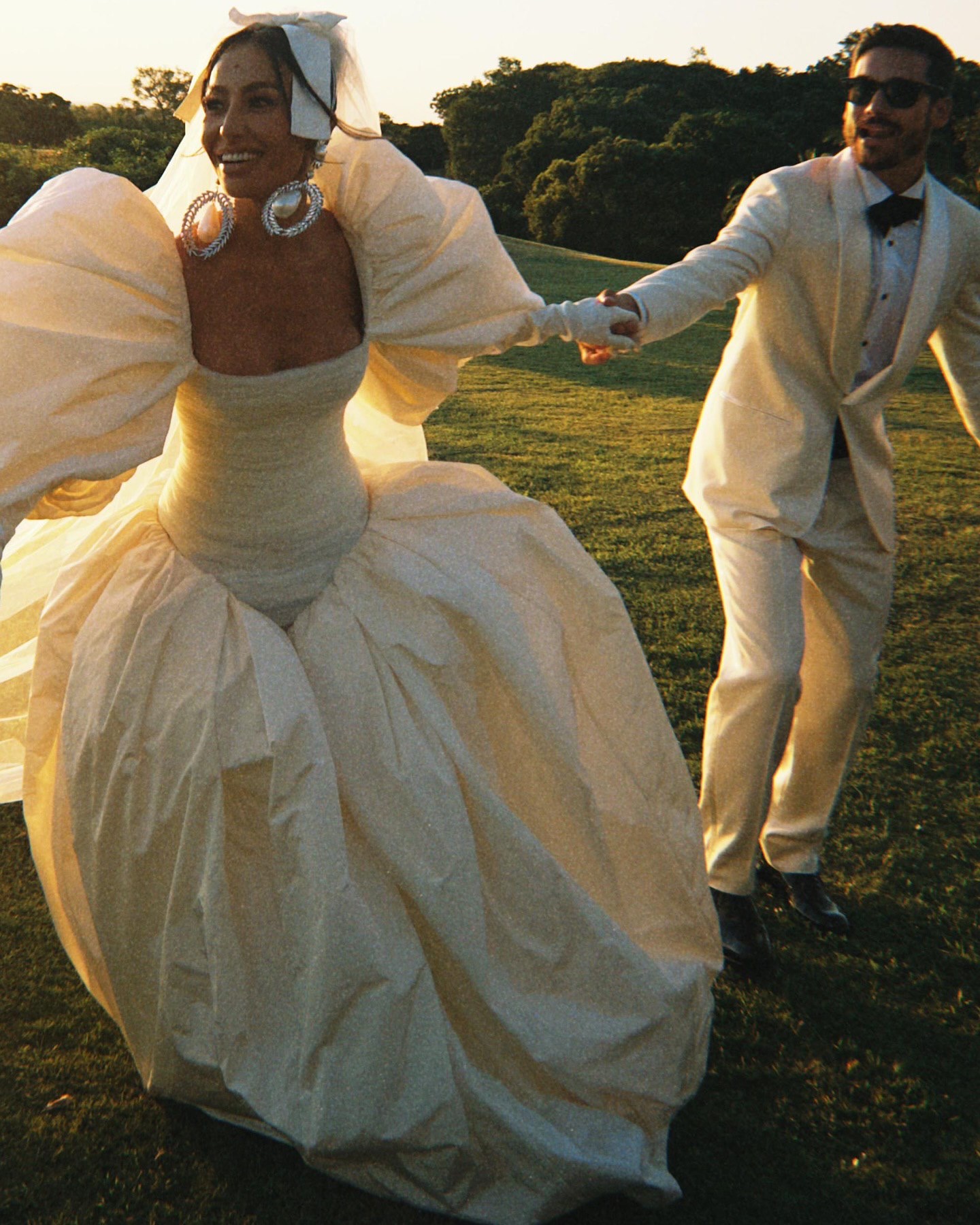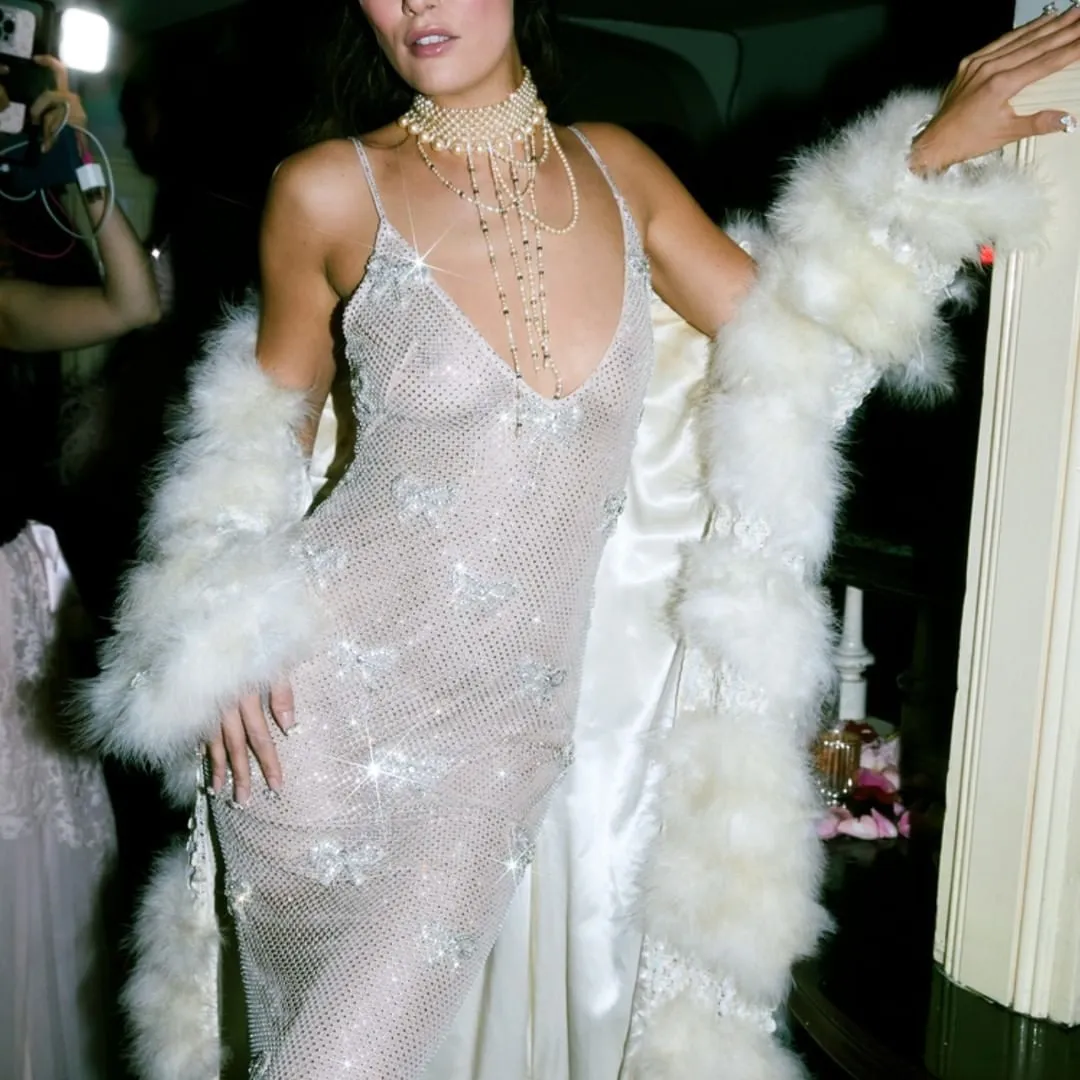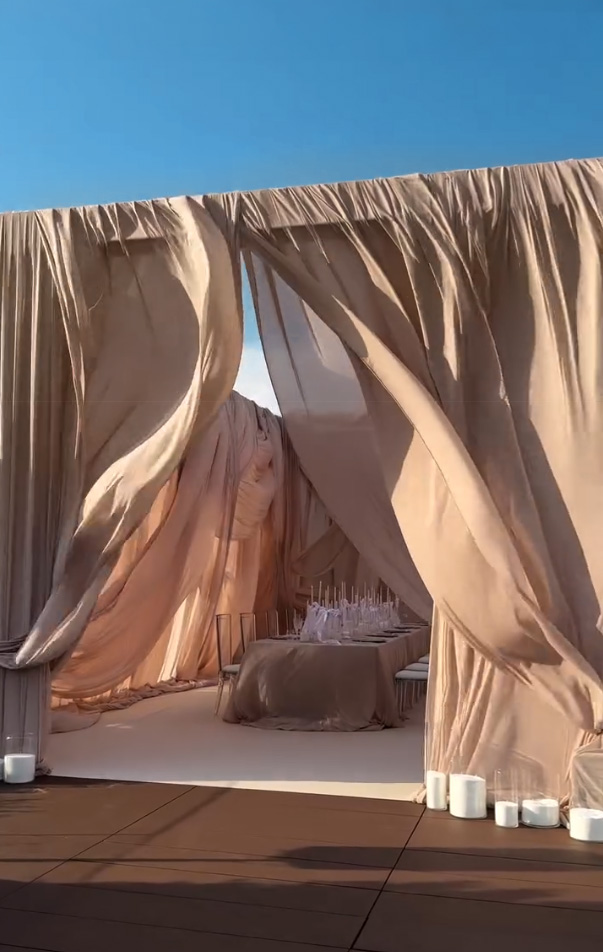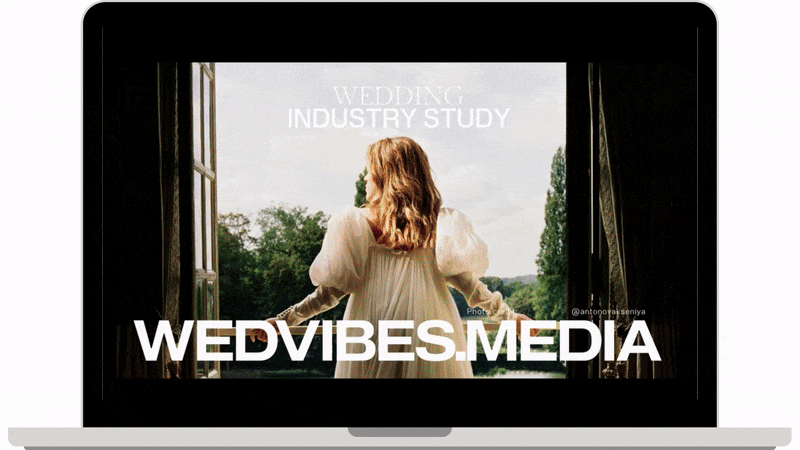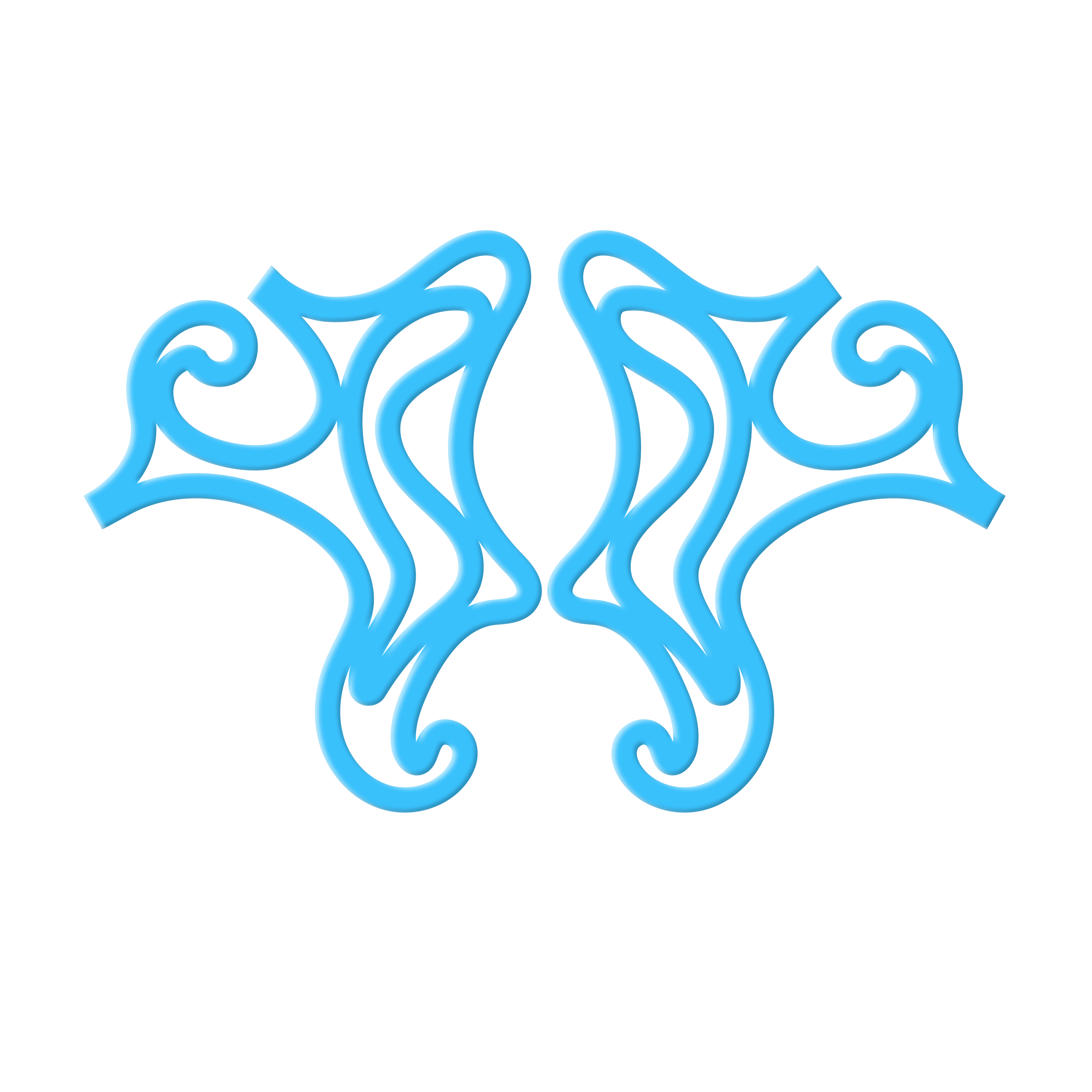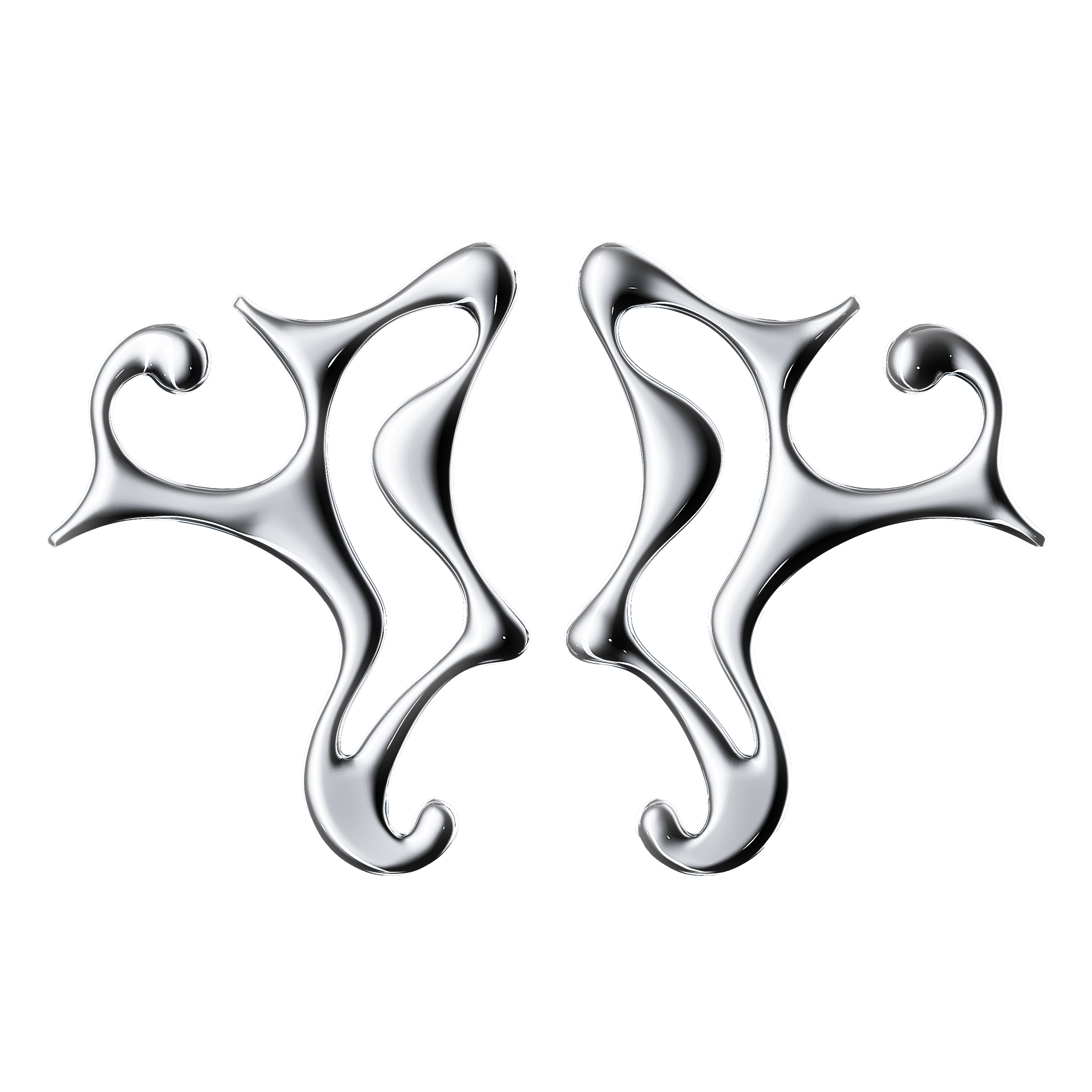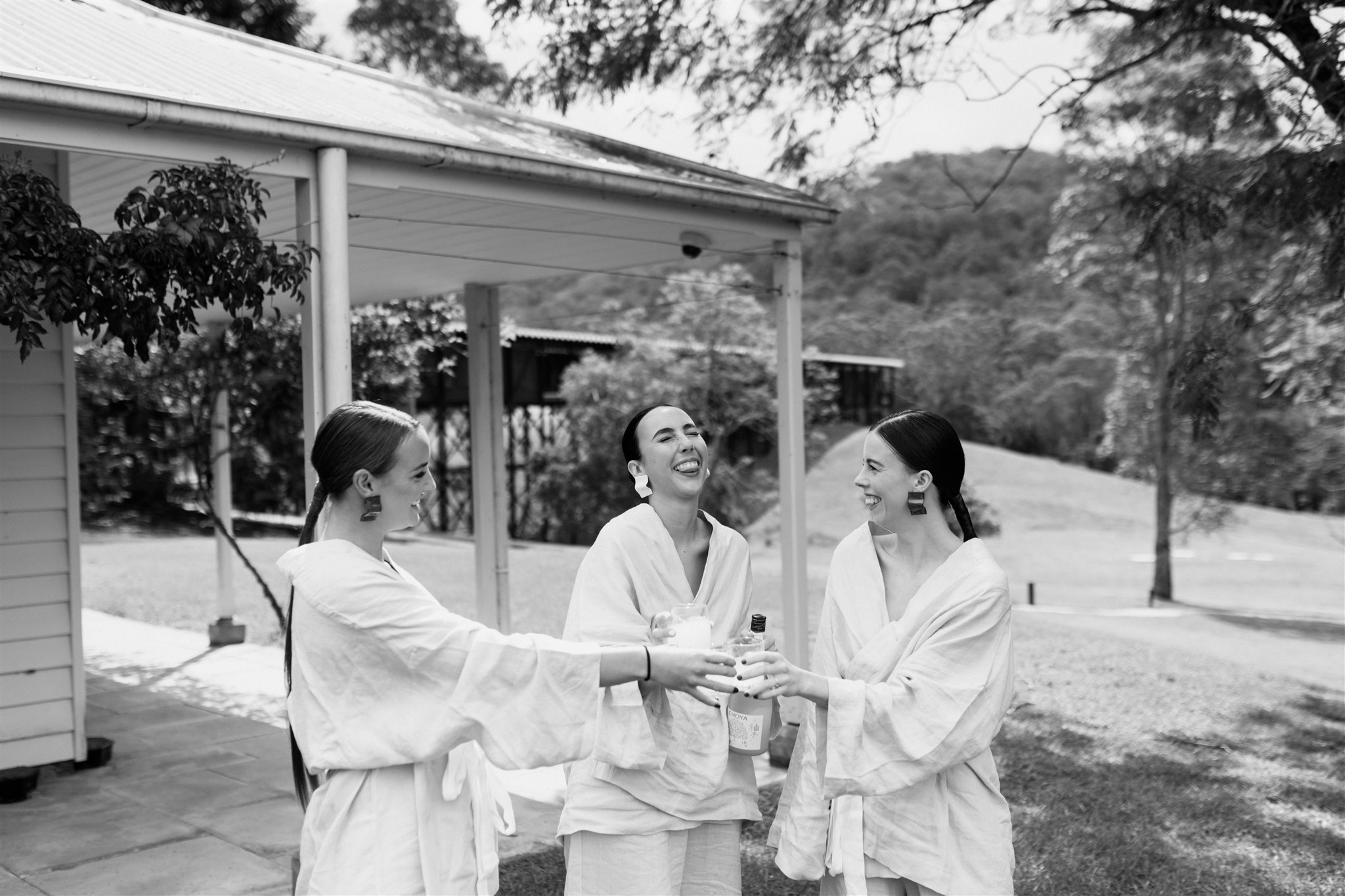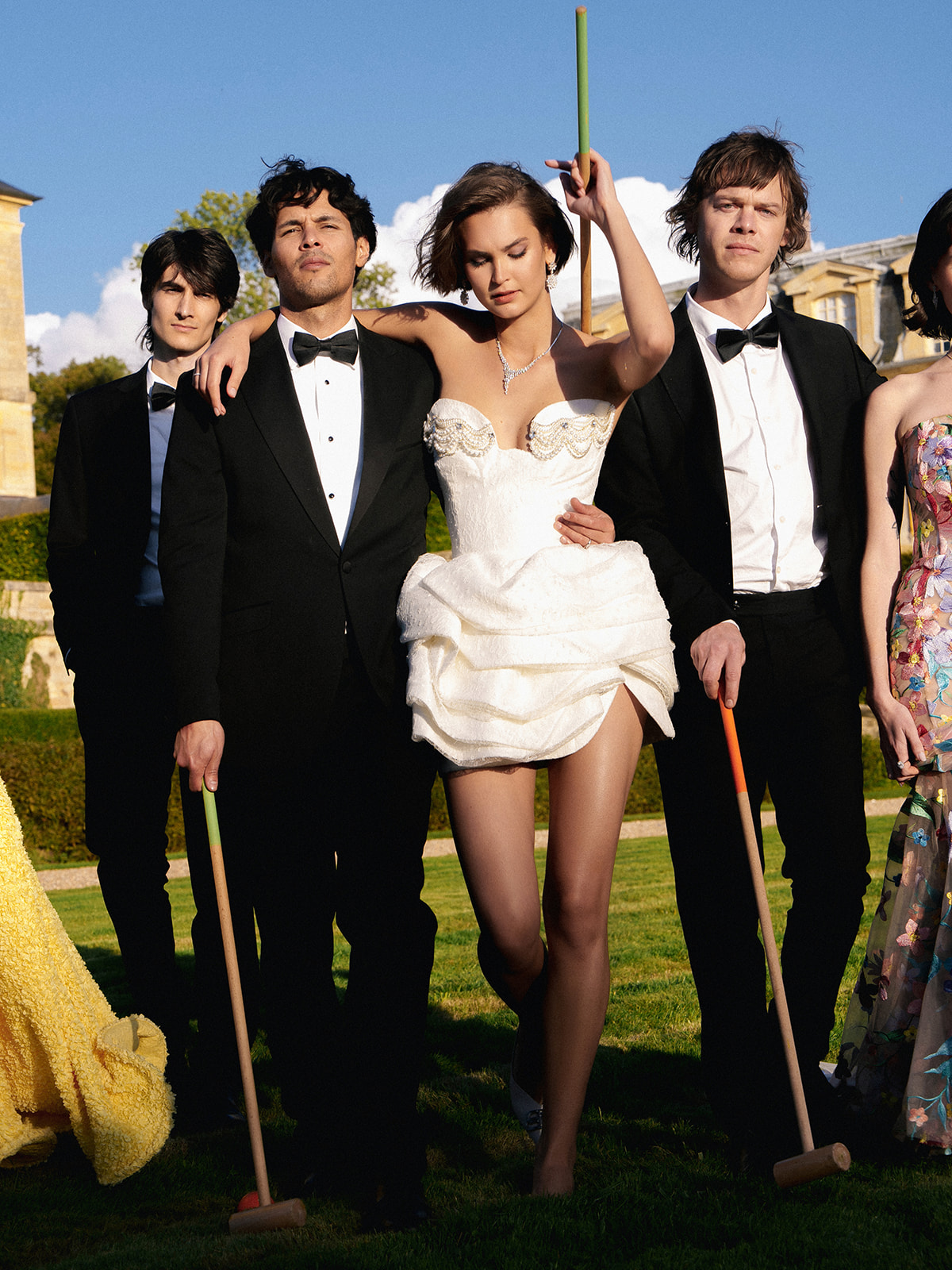Learning the bridal fashion of old times reveals the societal influences, innovative designs, and evolving trends that continue to influence modern weddings. The bridal fashion of the 1920s and 1930s marks a transformative era in wedding attire. Affected by the post-World War I spirit and the onset of the Jazz Age, these decades witnessed a significant shift in style, reflecting the changing societal norms and cultural dynamism. From the iconic flapper dresses to the elegant silhouettes, this period’s bridal fashion encapsulated a blend of innovation, sophistication, and a departure from traditional norms, leaving an indelible mark on wedding attire history. Join us as we delve into the enchanting world of bridal fashion from the captivating 1920s to the glamorous 1930s, exploring the trends, styles, and influences that defined these remarkable decades.
1920s:
“The Roaring 1920s” with its glamor of “The Great Gatsby”, the era of Coco Chanel, jazz, silent films, avant-garde, liberation from corsets and conventions
Amidst and after World War I, there were fewer wedding ceremonies within the wedding industry. However, a shift emerged in the 1920s. Young widowed women married returning young husbands fortunate to survive the War, while middle-aged brides also found second spouses, often notably older. The thrill of weddings became a regular affair, blending new and traditional customs in the post-war era.
Coco Chanel influenced fashion. The coming out of Chanel No. 5 and the iconic little black dress marked this era. It introduced short skirts for women, requiring minimal understructure—a groundbreaking shift. Wedding fashion during this period embraced the essence of prevailing everyday fashion trends.
Photo: 1 – A Bridal Fashion Show, Early 1920s | Vintage Dancer
In the 1920s, British wedding bouquets often featured lengthy trails of foliage and greenery, contrasting to the American ones. American bridal bouquets tended to be more voluminous, often embellished with abundant trailing ribbons, bows, and additional attachments, offering both volume and a sense of lightness to the arrangement.
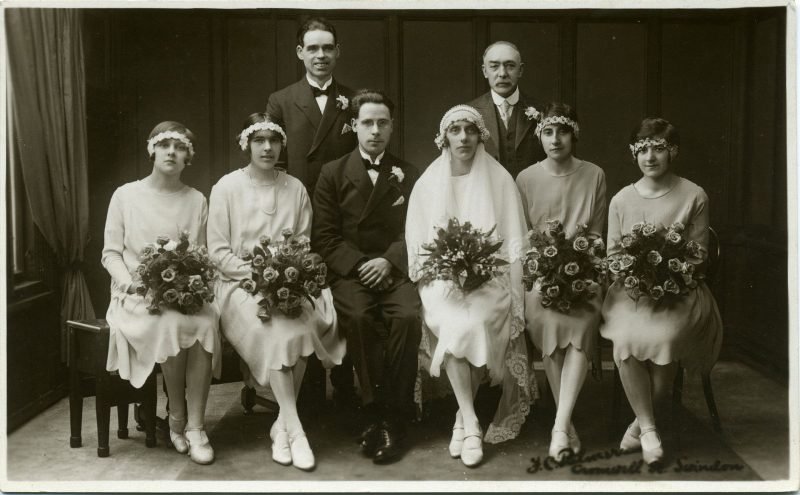
In the early 1920s, brides—particularly second-time brides and those on limited budgets—opted to stray from conventional wedding gowns, choosing just a lovely dress instead. A bold trend rose, mirroring the decade’s short and spirited ‘flapper’ style. Brides adorned slightly loose, straight-cut dresses that favored simplicity over lavish decoration. With dropped waists and raised hemlines, showcasing ankles transitioned from a shocking taboo to commonplace in wedding fashion.
To impart a distinctive bridal aura, these shorter dresses were accessorized with white accents like gloves and the beloved Juliet cap veil. Intricately adorned with lace, beads, and flowers, these veils echoed the iconic cloche hat style that defined 1920s fashion. While most dresses were white, shades like eggshell, ecru, and ivory also appeared. The shortest styles prevailed in 1926 and 1927. Brides adorned their look with carefully applied makeup, evoking a ‘painted’ aesthetic.
Photo: 1 – Bride wearing a bias cut, tea-length satin dress, and a flowing embroidered veil, 1924 | Wikimedia
2 – Groom and bride’s portrait
3 – May Doherty on her wedding day, 1924 | Wikimedia
4 – A gown trimmed with tulle ruffle, 1924 | Vintage Dancer
5 – Annie Kangeter married Dr. Charles D. Boette in 1921 in Charleston. This ivory satin dress with a very low scooped neckline echoed in the skirt panels keeps in Charleston Museum.
6 – A dress with a cut below the knee, 1925 | General Photographic Agency
7 – Rubin Smith on her wedding day, 1928 | Talma Studio, Dalby
8 – Weddywood
Here are some AI generated designs of 1920s style wedding dresses by Wed Vibes:
Alongside the emergence of bold wedding fashion, a more ‘traditional’ branch of attire arose, driven by those who found baring ankles inappropriate for church ceremonies. Satin dresses featuring long trains, veils, and longer skirt lines gained popularity in the latter part of the 1920s and extended through the 1930s. In line with the contemporary fashion trends, late twenties wedding gowns showcased V-necklines, dropped hip waistlines, long sleeves, layered flutes extending to longer lengths, and embellishments like feather or fur hemlines, complemented by asymmetric hats.
1930s:
The era of Old Hollywood movie star glamour, elegant simplicity and romantic style, pre-war decade.
While 1930 maintained traces of the carefree styles from the preceding decade, the onset of 1931 witnessed a return to conservatism in fashion. Concurrently, prices decreased, aiming to stimulate women’s continued clothing purchases. Patterns became popular, prompting a rising trend of women crafting their own attire. Expensive natural fabrics fell out of favor, giving way to the accessibility of more affordable man-made fibers like rayon and nylon. With an increasing number of women entering the workforce, the demand for comfortable clothing escalated, heralding the introduction of zippers.
There was a shift in the emphasis of women’s silhouettes, moving away from highlighting hips and turning attention towards shoulders and waists. The renowned designer Jeanne Lanvin influenced this structural evolution in women’s attire. Elsa Schiaparelli played a pivotal role in transitioning the soft aesthetic of the 1920s to a more robust style, whereas Norman Hartnell specialized in crafting delicate, flowing dresses.

The growing influence of media also impacted wedding fashion significantly, with crowds often gathering to catch a glimpse of brides and their photos gracing newspapers worldwide. This trend contributed to the increase of extravagant and attention-grabbing wedding dresses. A gown that defined the emergence of these wedding dresses was the one worn by Margaret Whigham.
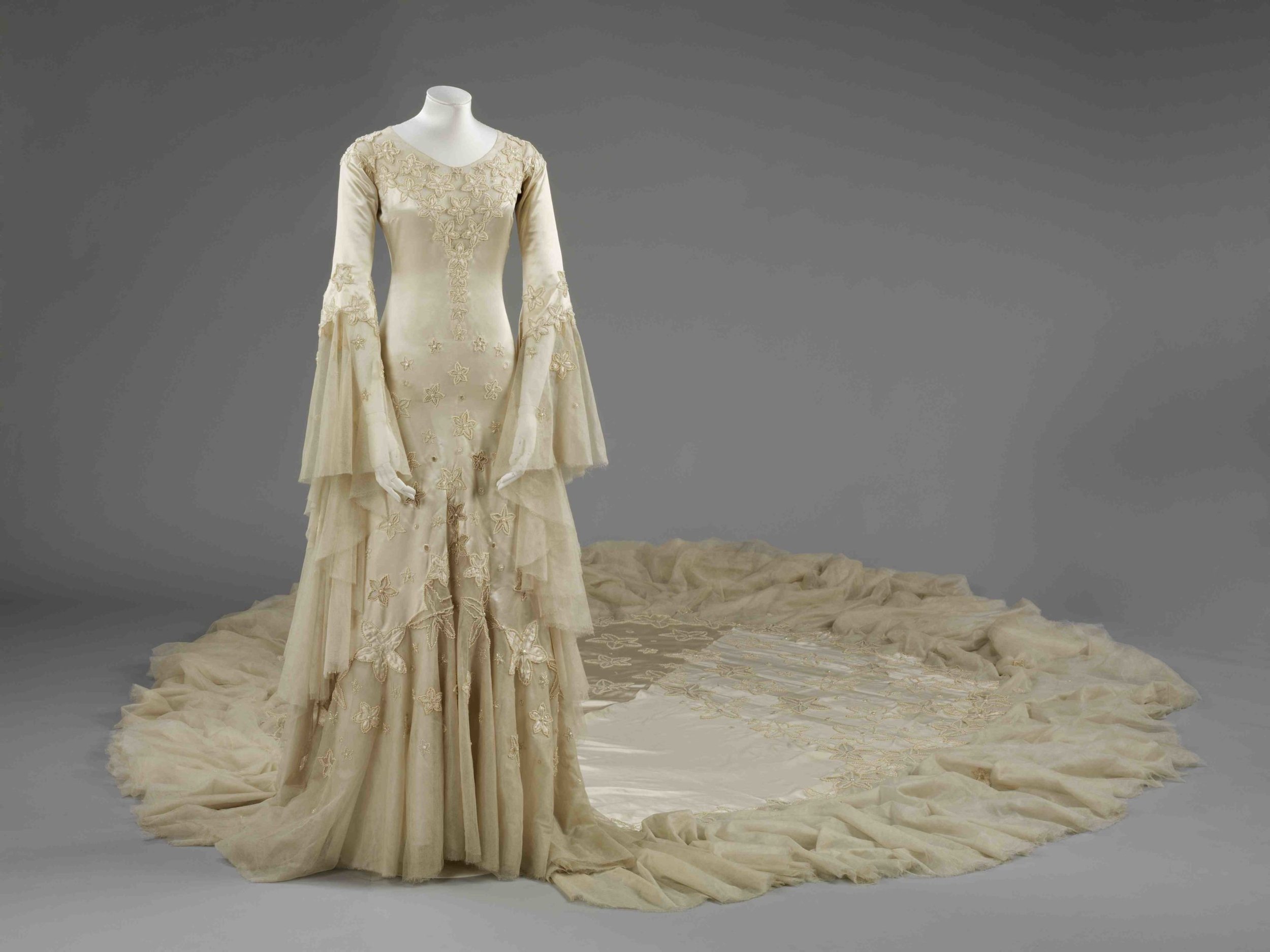
Photo: 1 – Quello Che Piace a Valeria, 2 – Elisa Rolle | Wikipedia
By the mid-1930s, fashion had leaned toward softer silhouettes, significantly contrasting the angular, boyish lines of a decade prior. Pleats emerged as a highly fashionable feature in dresses during this period.
Photo: 1 – The wedding of Ingrid Bergman and Aron Lindström, 1937 | Hulton Archive
2 – The Wedding of Princess Marina, Duchess of Kent and Prince George, Duke of Kent, 1934 | National Portrait Gallery
3 – Vintage Everyday
4 – An all-lace wedding gown with tulle veil, 1931 | Vintage Dancer
5 – Miss Florence Crane in her wedding gown when she became the bride of William Albert Robinson in Chicago, 1933 | Bettmann
6 – A wedding gown with a very long veil, 1934 | Vintage Dancer
While a lace veil maintained its traditional allure, tulle gradually assumed prominence. Many brides opted for a blend of family heirloom lace and tulle, merging the essence of old and new styles. During the 1930s, wedding veils grew longer, cascading to the floor like a billowing cape from the back of the head or shoulder line.
Veils were usually accompanied by headpieces. The traditional crown of orange blossoms was replaced by the modern wedding tiara embellished with diamonds or delicate pearls—depending on one’s financial standing. Another trend emerged, featuring small white hats as an alternative to crowns.
Photo: 1- Miss Jill Esmond-Moore in the wedding dress in which she will marry actor Laurence Olivier, 1930 | Hulton Archive, Getty
2 – Ginger Rogers married Lew Ayres in 1934, | PictureLux, The Hollywood Archive, Alamy Stock Photo

Photo: 1 – The wedding of Wallis Simpson and Prince Edward VIII, Duke of Windsor in France, 1937 | AP Photo
2 – A cap veil, 1936 | Vintage Dancer
While the early 1930s carried hints of the 1920s influence, the overall essence of the new decade’s wedding dresses exudes a captivating allure reminiscent of the Old Hollywood movie star glamour era. These dresses captivate with their sleek, silky or satin textures, long-sleeve styles, embroidered designs, and backless bias-cut gowns in white, ivory tones, or pastels, all exuding elegance and effortless beauty. Often accompanied by a corset, a string of pearls, silk stockings, waved hairstyling, and a cascading flower bouquet, these dresses epitomize timeless sophistication.
Here are some AI generated designs of 1930s style wedding dresses by Wed Vibes:

The growing influence of media also impacted wedding fashion significantly, with crowds often gathering to catch a glimpse of brides and their photos gracing newspapers worldwide. This trend contributed to the increase of extravagant and attention-grabbing wedding dresses. A gown that defined the emergence of these wedding dresses was the one worn by Margaret Whigham.

